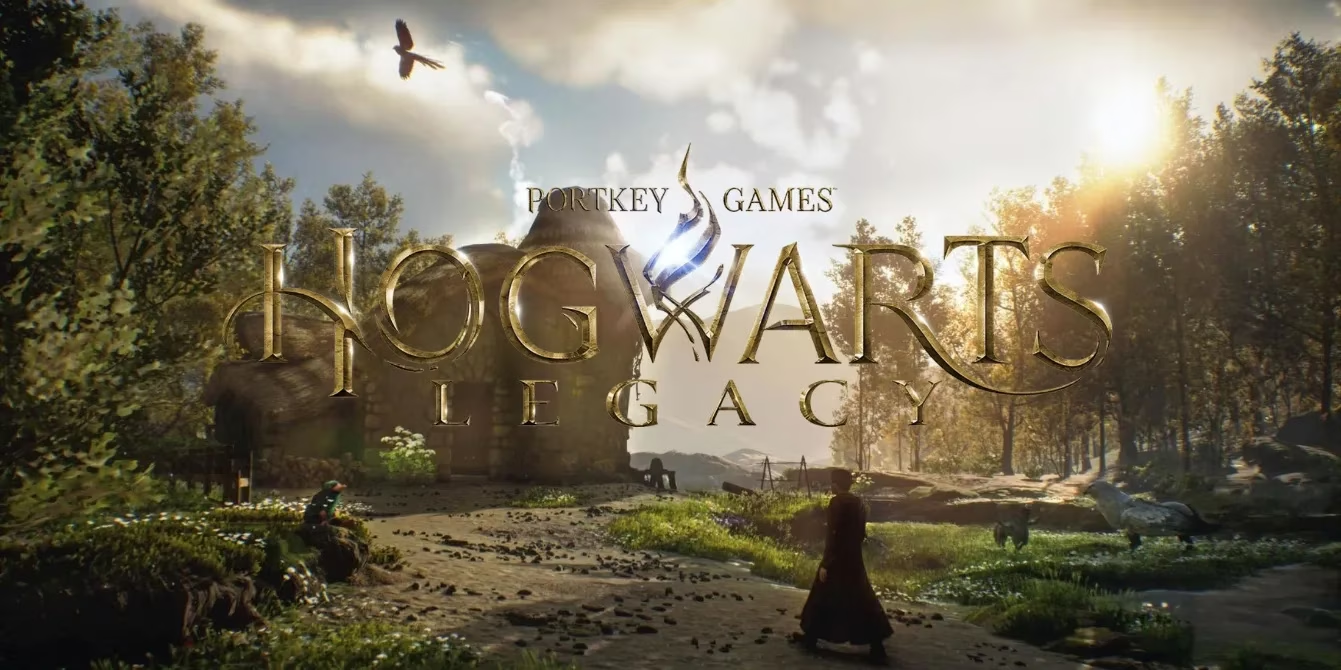In the year 2025, amidst a gaming landscape brimming with digital wonders, Hogwarts Legacy stands as a testament to the dreams of Harry Potter enthusiasts worldwide. Its vast open world, filled with intricate spellcasting combat and memorable characters, has woven a tapestry of nostalgia and adventure. Yet, within this magical realm, the Vivariums emerge as quiet sanctuaries—spaces where players nurture rescued beasts, collect precious materials, and craft their own cozy corners of enchantment. These havens, inspired by life-sim gems like Animal Crossing, offer a gentle respite from the chaos of dark wizards and ancient curses. But oh, how they whisper of unrealized depths! Like a half-finished potion, Vivariums merely scratch the surface, hinting at a future where care for creatures could blossom into something truly transformative. 🏰✨
As players traverse the sprawling grounds of Hogwarts Legacy, they encounter poachers' victims—fantastic beasts crying out for rescue. Bringing them to the Vivarium is not just an act of kindness; it's a ritual of bonding. Feed them, play with them, and watch as their health flourishes, yielding upgrade materials that fuel the journey. The game encourages frequent visits, turning each interaction into a tender dance between wizard and creature.
"Could this nurturing process be the key to unlocking deeper emotional connections in the wizarding world?"
Indeed, Vivariums are more than pens; they are customizable canvases. With four distinct biomes available by the game's end—each offering unique environments—players can adorn these spaces with ancient ruins, medieval wells, and other scenic objects. This customization injects a layer of personal magic, making every Vivarium feel like a reflection of the player's soul.

Caption: A glimpse into the tranquil beauty of a Vivarium, where beasts roam freely amidst player-crafted wonders.
But here lies the rub: Vivariums feel like an introductory spell, not a masterwork. They borrow mechanics yet fail to innovate fully. Why settle for mere animal tending when the potential for expansion beckons? Imagine if, in a sequel, these spaces evolved beyond their current confines. The open world is dotted with enemy encampments—cleared with wand and wit—but what if players could claim these sites as their own?
-
Transform encampments into functional havens: Turn a conquered camp into a stable for Hippogriff mounts or a dueling ring for spell practice.
-
Integrate customization: Use the Vivarium system as a foundation to place objects and reshape terrain, offering tangible gameplay perks. 🐉⚔️
-
Expand the menagerie: Add more beasts and biomes, weaving in new stories and rewards.
This leap wouldn't just refine Vivariums; it could redefine the entire experience. Instead of isolated sanctuaries, they might become interconnected hubs of player agency—where nurturing creatures influences the wider world. Think of the possibilities: a rescued dragon aiding in battles, or a customized dueling arena attracting companions for impromptu skirmishes. Yet, such visions remain ethereal, like phantoms in the Forbidden Forest. The current iteration, while charming, lacks the boldness to transcend its cozy confines.
In the dance of game design, Vivariums are a promising first step, not the final flourish. They evoke warmth but yearn for innovation. Perhaps the sequel will answer this call, turning whispers of potential into roars of revolution. Until then, players cherish these moments, knowing that even in simplicity, magic finds its way. 🌿💫
Frequently Asked Questions
- Q: What exactly are Vivariums in Hogwarts Legacy?
A: Vivariums are magical enclosures within the Room of Requirement where players rescue, feed, and care for beasts like Nifflers and Hippogriffs, earning upgrade materials as rewards for their nurturing efforts—a cozy life-sim element in the RPG. 🐾
- Q: How do players benefit from interacting with Vivariums?
A: By regularly visiting and tending to creatures, players collect essential resources for character upgrades, while customizing the space with objects like ruins and wells enhances personal immersion and nostalgia. Isn't it fascinating how such simple acts yield profound joy?
- Q: What limitations do Vivariums currently face?
A: They feel underdeveloped, with only four biomes and basic mechanics—lacking depth in customization and integration with the open world, which begs the question: Could they evolve to include transforming enemy camps into player-owned structures?
- Q: How might Vivariums improve in a sequel?
A: Potential expansions include adding more beasts, diverse biomes, or bold innovations like claiming encampments for functional hubs (e.g., stables or dueling rings), using the existing system for deeper gameplay impact. 😊